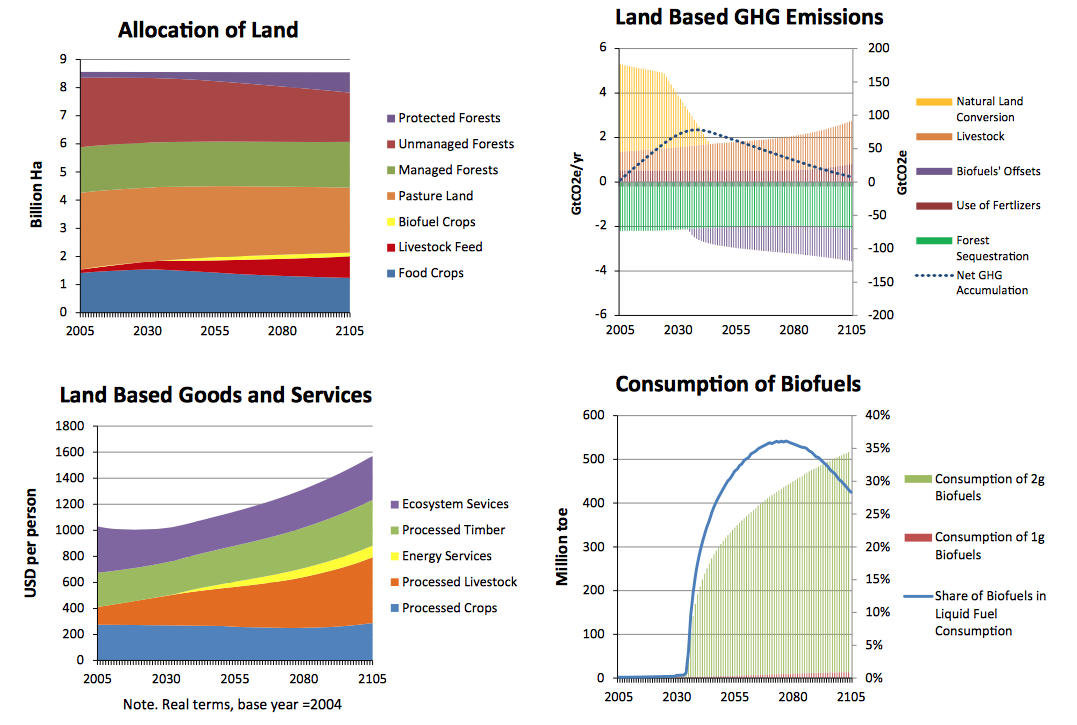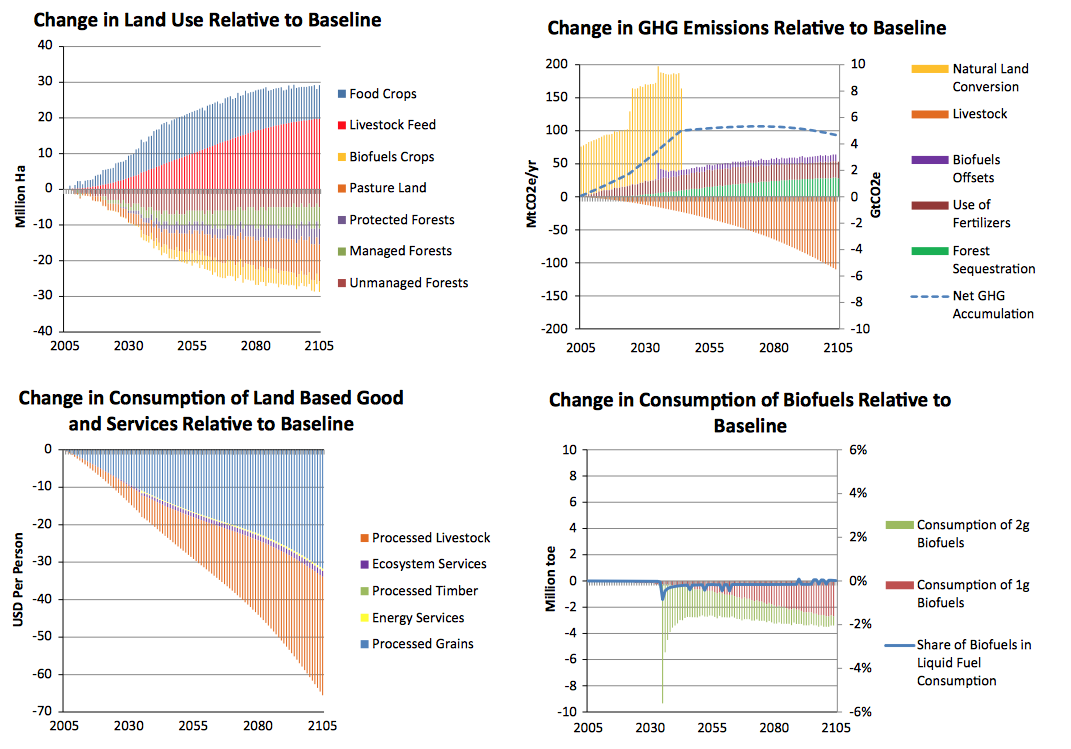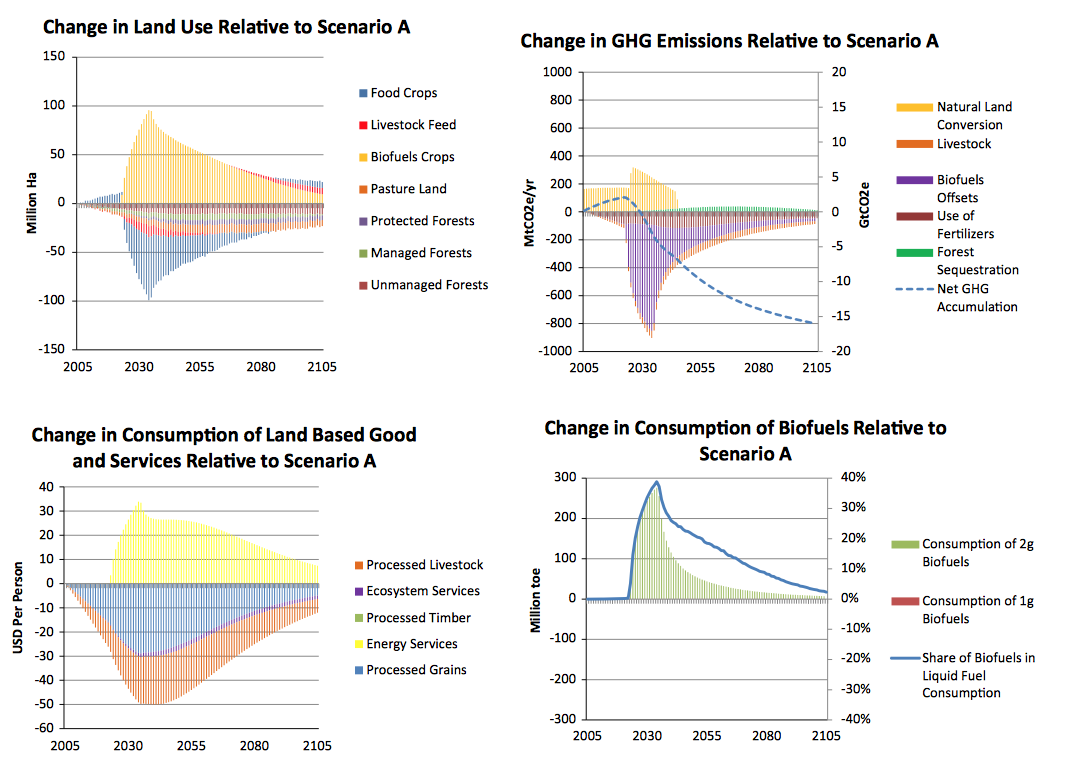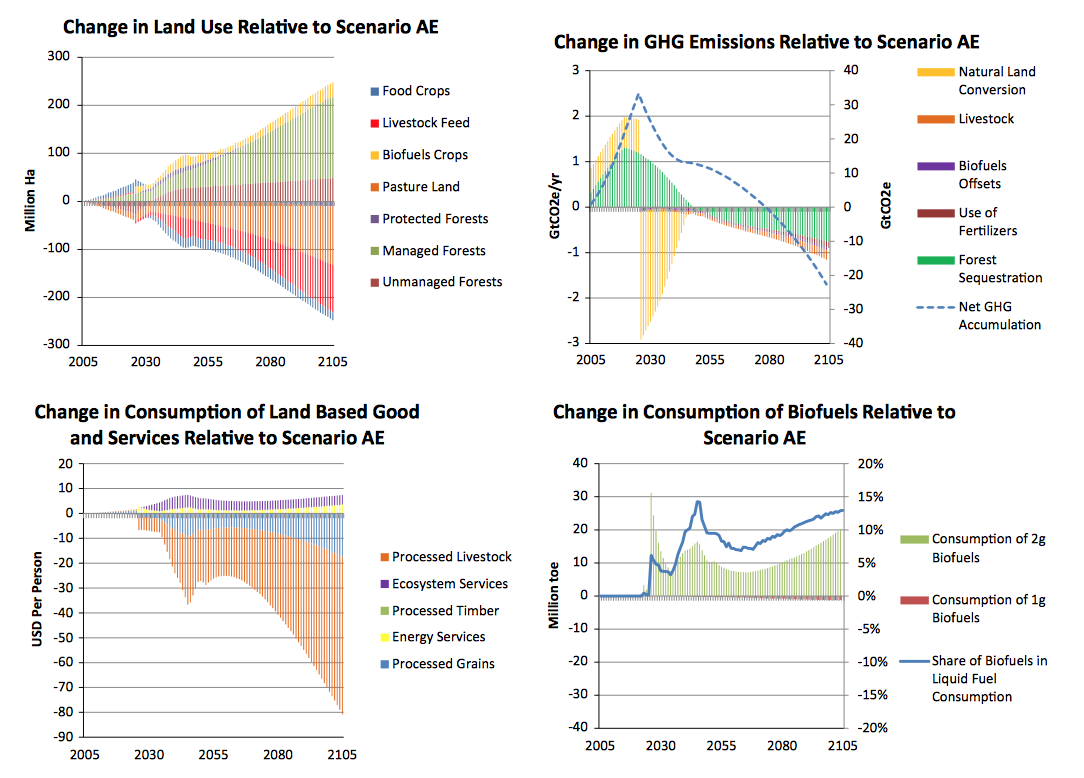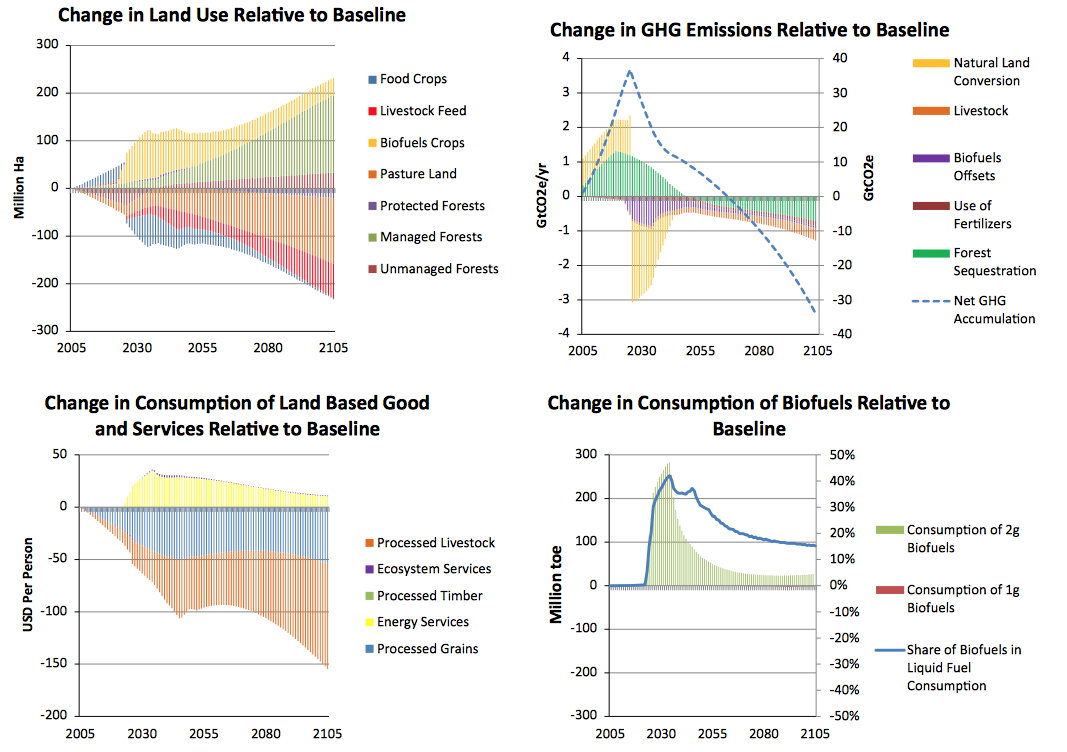Endogenous technical change and climate change
/One of the central problems in understanding climate change is understanding how it will impact the economy. Most current models assume that climate change will reduce usable output. The resulting effects on long term growth under such an assumption are small. If usable output is reduced, there will likely be some reduction in savings and hence capital available in future periods. Nevertheless, the core drivers of growth such as technological development remain. As a result, under most models, the world is an order of magnitude or more richer in several hundred years even if temperature change is extreme and the damages from climate change potentially intolerable. Some models consider the possibility that climate change will directly destroy capital (i.e., such as through destruction of buildings in storms). While growth is somewhat slower in this formulation, the basic result is unchanged.
In this project we consider a simple modification to the standard damage function so that climate change can affect growth. We take a canonical endogenous growth model and modify it so that climate change has an impact on the sectors in the economy that contribute to growth. For example, if an economy is modeled as having an inventing sector and a manufacturing sector, we allow climate damages to affect the output of both sectors. With this simple reformulation, the effects of climate change can be dramatically different than in standard models. Over reasonably long periods, the growth effects dominate, showing that studying the impacts of climate change on growth should be of central concern.
Our goal is to consider this effect in all of the canonical endogenous growth models to see how robust the effect is across model choices. We have solved two models so far and likely will want to consider another two or three. In addition, we are simulating the results of one or more models to understand the likely size of the effects under differing parameter choices.
People:




